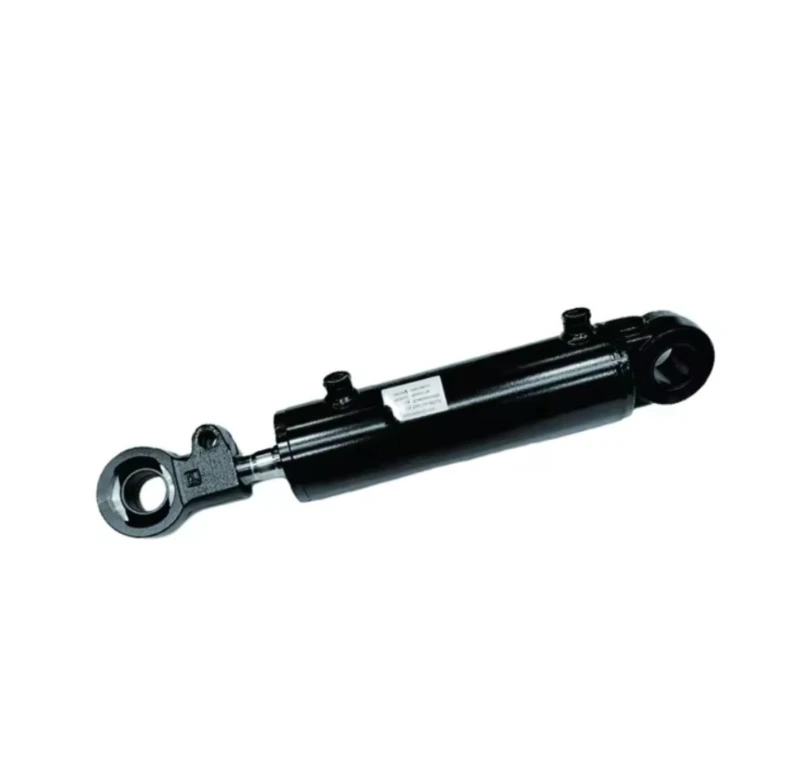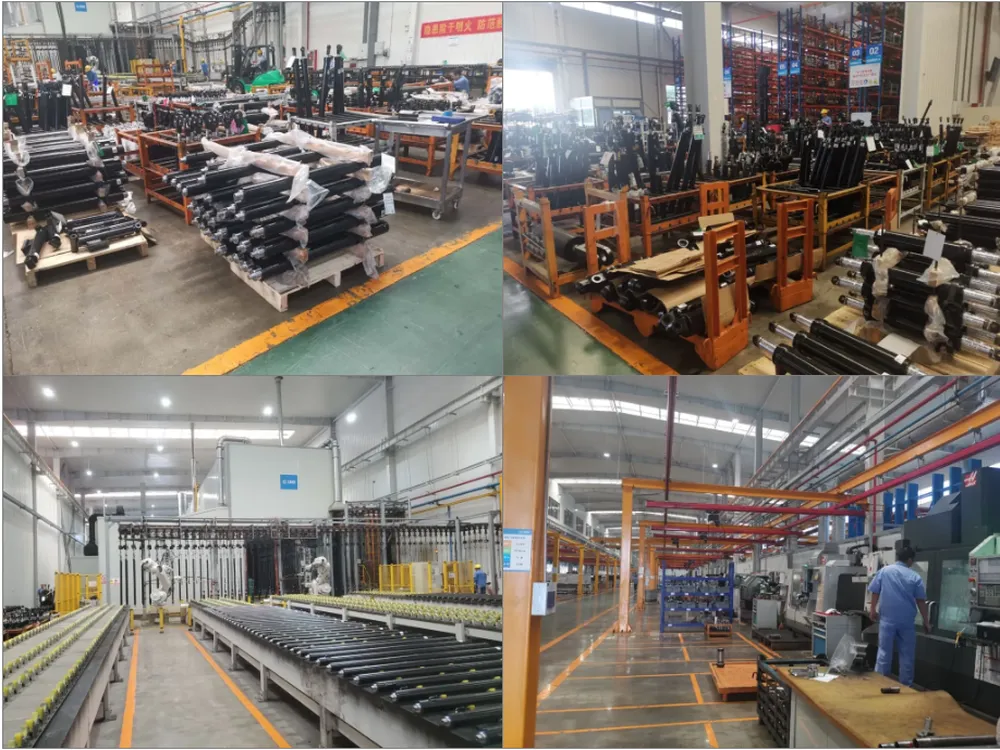Tilt Cylinder Performance Testing
Introduction
A tilt cylinder is a critical component of hydraulic systems used in various industrial applications, such as construction, mining, and agriculture. It is responsible for controlling and positioning the angle of an attachment or implement attached to a hydraulic excavator or backhoe loader. The performance of a tilt cylinder can have a significant impact on the efficiency and productivity of the equipment in which it is used. Therefore, it is essential to conduct regular performance testing of tilt cylinders to ensure optimal performance and avoid downtime.
The Importance of Tilt Cylinder Performance Testing
Performance testing of tilt cylinders is necessary for several reasons:
- Ensuring safety: A poorly performing tilt cylinder can cause accidents and pose a threat to the operator and other workers on the site.
- Optimizing productivity: A tilt cylinder that is not functioning correctly can lead to equipment downtime and impacts productivity.
- Identifying potential problems: Regular performance testing can identify any issues with the tilt cylinder before they become major problems.
- Extending equipment life: A well-maintained tilt cylinder can extend the life of the equipment and reduce the need for costly repairs or replacements.
How to Test Tilt Cylinder Performance
The following are the steps involved in tilt cylinder performance testing:
- Visual inspection: The first step is to visually inspect the tilt cylinder for any signs of damage, such as leaks, cracks, or worn-out parts.
- Pressure testing: The second step involves testing the pressure of the hydraulic system to ensure that it is within the recommended specifications.
- Flow testing: The third step involves testing the flow rate of the hydraulic system to ensure that it is within the recommended range.
- Angle testing: The fourth step involves testing the angle accuracy of the tilt cylinder to ensure that it can maintain the desired angle.
- Load testing: The fifth step involves testing the tilt cylinder's ability to handle the maximum load capacity of the equipment.

Tilt Cylinder Working Principle
A tilt cylinder is a hydraulic actuator that converts hydraulic energy into mechanical energy. It comprises a cylinder barrel, a piston, and a rod. When hydraulic fluid is pumped into the cylinder barrel, it pushes the piston, which, in turn, moves the rod. This movement can be used to control the angle of the attachment or implement attached to the hydraulic excavator or backhoe loader.
How to Choose the Right Tilt Cylinder
The following are the factors to consider when choosing the right tilt cylinder for your application:
- Maximum load capacity: Choose a tilt cylinder that can handle the maximum load capacity of the equipment.
- Angle accuracy: Choose a tilt cylinder that can maintain the desired angle accurately.
- Operating pressure: Choose a tilt cylinder that can operate within the recommended pressure range.
- Temperature range: Choose a tilt cylinder that can operate within the recommended temperature range.
- Sealing system: Choose a tilt cylinder with a reliable sealing system to prevent leaks and contamination.

Tilt Cylinder Installation
The following are the steps involved in tilt cylinder installation:
- Remove the old tilt cylinder (if applicable).
- Install the new tilt cylinder, ensuring that it is securely fastened and aligned correctly.
- Connect the hydraulic hoses and ensure that they are correctly routed and fastened.
- Test the tilt cylinder for proper operation before resuming work.
About Our Company
We are a leading manufacturer of hydraulic cylinders, with over 15 years of experience in design, production, and sales. Our tilt cylinders, boom cylinders, forklift tilt cylinders, steering cylinders, small hydraulic cylinders, and hydraulic pistons are widely used in various industries, including construction, mining, and agriculture. We are committed to providing our customers with high-quality, efficient, and reliable products at competitive prices. Our state-of-the-art production and testing equipment and team of experienced professionals ensure that our products meet the highest standards of quality and performance.

Advantages of Using Tilt Cylinder
The following are the advantages of using a tilt cylinder:
- Improved safety: A well-performing tilt cylinder ensures safe operation of the equipment and reduces the risk of accidents.
- Increased productivity: A tilt cylinder that is functioning correctly helps to optimize equipment productivity and efficiency.
- Reduced downtime: Regular performance testing and maintenance can help to identify and fix any issues with the tilt cylinder before they become major problems, reducing downtime and repair costs.
- Extended equipment life: A well-maintained tilt cylinder can extend the life of the equipment and reduce the need for costly repairs or replacements.
- Cost-effective: Choosing the right tilt cylinder for your application and conducting regular performance testing and maintenance can help to reduce operating costs and improve ROI.
Edited by Czh